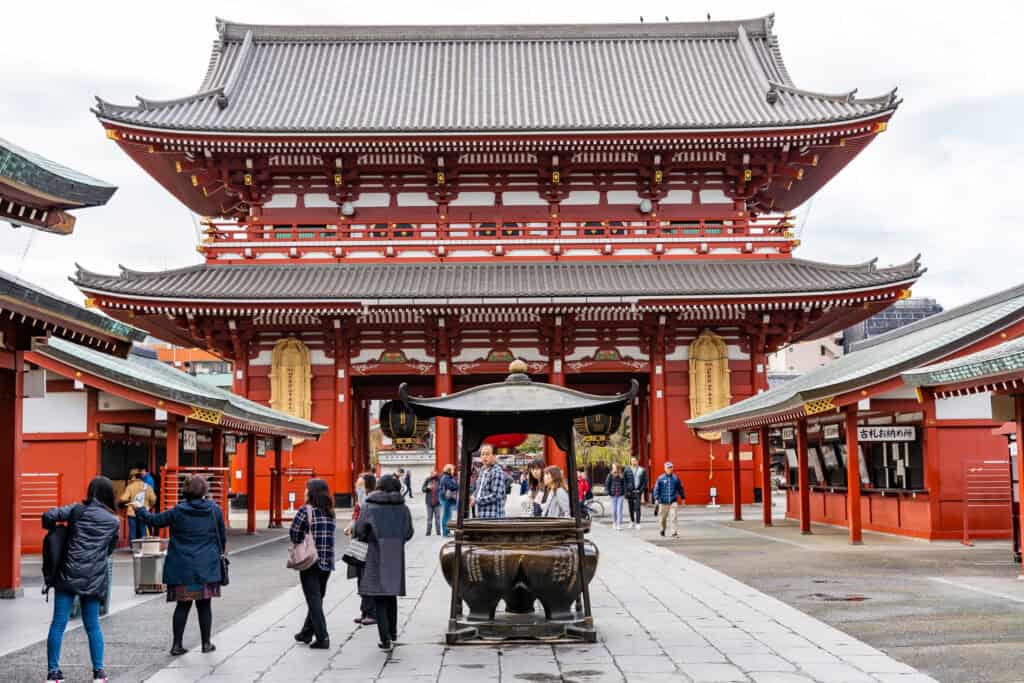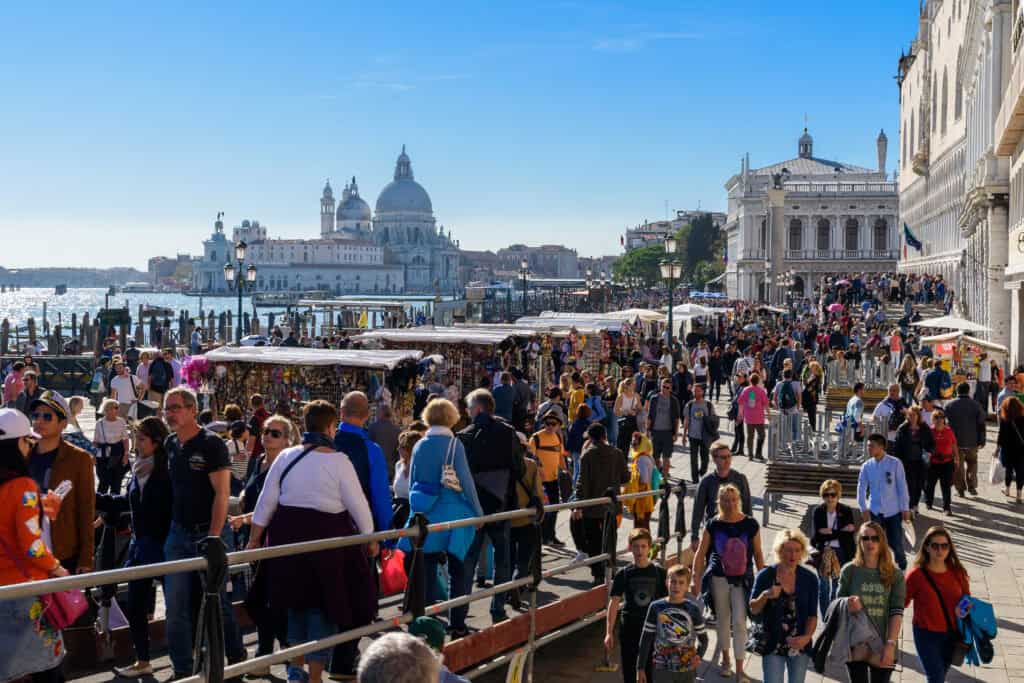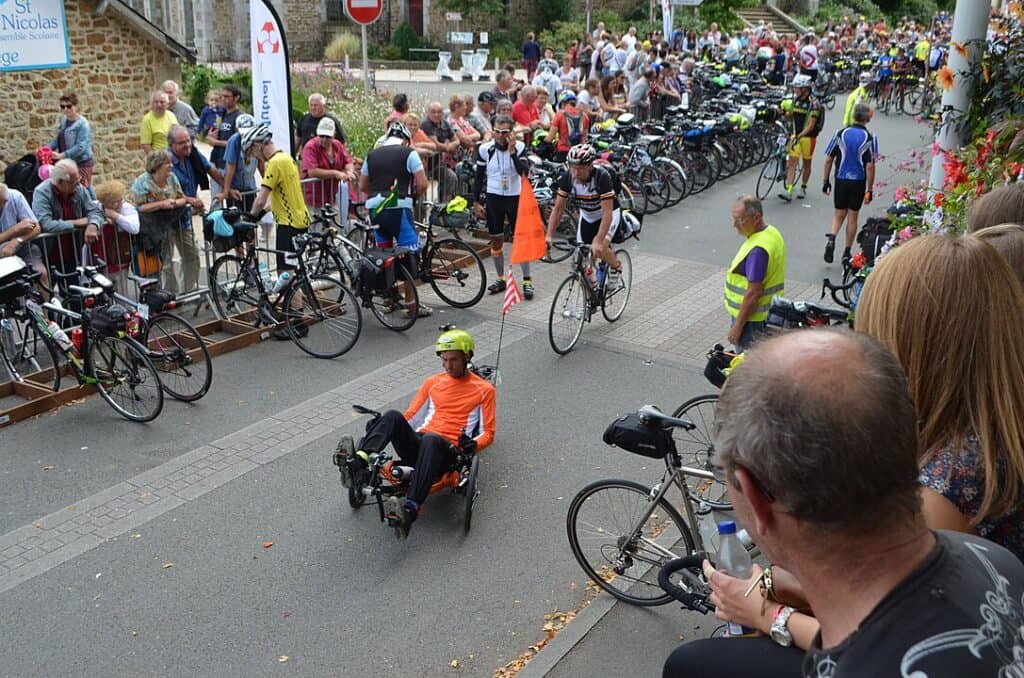We may earn money or products from the companies mentioned in this post. This means if you click on the link and purchase the item, I will receive a small commission at no extra cost to you … you’re just helping re-supply our family’s travel fund.
In Venice, locals now make up just 20% of the population during peak season, and they’ve had enough. From Barcelona to Bali, residents in tourism hotspots are pushing back against visitors with protests, tourist caps, and even fines for bad behavior. The reason? Certain tourist habits are making their hometowns unlivable. Whether it’s blocking sidewalks during rush hour or posing playfully at Holocaust memorials, these behaviors are driving a global backlash. Here are 10 tourist habits that annoy locals worldwide.
Disrespecting Sacred Religious Sites

Video footage recently went viral showing tourists at Tabo Monastery in India’s Spiti Valley imitating Buddha statues and posing disrespectfully while monks attempted to pray, sparking outrage across social media. Buddhist monks in Thailand report that visitors regularly enter temples in revealing clothing, speak loudly during meditation sessions, and climb on sacred structures for better camera angles. What tourists perceive as harmless fun represents genuine desecration to devotees whose spiritual lives center around these holy spaces, creating deep cultural rifts between visitors and religious communities.
Invading Private Property For Photos

Think you’re being subtle peeking through that window? Think again. Residents in Goa’s heritage neighborhoods report that tourists regularly peek through windows, enter private courtyards without permission, and even place feet on residential walls to capture the perfect shot. The problem has escalated to the point where homeowners in picturesque areas like Cinque Terre and Santorini have installed security cameras and “no trespassing” signs in multiple languages. Locals grow increasingly exhausted explaining that these aren’t movie sets but actual homes where families live, work, and deserve basic privacy.
Turning Landmarks Into Personal Photo Studios

UNESCO has warned that “selfie tourism” is actively contributing to the deterioration of world heritage sites, with tourists conducting elaborate photoshoots that monopolize prime viewpoints and physically damage fragile locations. Locals in places like Santorini and the Amalfi Coast watch in disbelief as visitors arrive with costume changes, ring lights, and photographers to stage hours-long Instagram sessions that block public spaces. What was once a quick snapshot has evolved into professional productions that prevent hundreds of other people from enjoying these iconic locations.
Wearing Inappropriate Clothing

Fashion choices that seem perfectly acceptable at home can cause serious offense abroad, yet many tourists refuse to adapt even when dress codes are posted at entrances. In conservative destinations across Southeast Asia and the Middle East, locals express frustration watching visitors tour mosques and temples in shorts, tank tops, and beachwear despite clear cultural expectations. The issue isn’t limited to religious sites. Residents in Barcelona and Rome have successfully lobbied for laws prohibiting tourists from wearing bikinis in city centers after visitors began treating entire neighborhoods like beach extensions.
Aggressive Bargaining With Struggling Vendors

Picture this: a tourist wearing designer clothes and carrying a $1,200 camera haggling a street vendor down from $3 to $2 for handmade crafts that took hours to create. This scene infuriates locals across Southeast Asian markets. The sight of wealthy Western tourists aggressively bargaining with vendors in developing countries over amounts equivalent to a few dollars (money that means nothing to the visitor but could represent a day’s earnings for the seller) strikes residents as cruel exploitation rather than savvy shopping.
Blocking Sidewalks And Pathways

Imagine rushing to catch a train for work, but a group of eight tourists has formed a human wall across the entire sidewalk, moving at a snail’s pace while admiring architecture. This scenario plays out thousands of times daily in cities like Barcelona, Amsterdam, and Venice. Residents in tourist-heavy areas say they’ve resorted to leaving home 15 minutes earlier just to account for dodging meandering visitors who treat sidewalks like scenic trails rather than commuter pathways. Locals trying to navigate their own neighborhoods now face an exhausting obstacle course every single day.
Stopping Abruptly In High-Traffic Areas

Nothing frustrates locals more than tourists who plant themselves in the middle of busy walkways, bike lanes, or even roads without warning to consult maps or snap photos. In cities like Copenhagen and Amsterdam, where cycling is a primary mode of transport, tourists stepping into bike lanes cause dozens of accidents annually. The problem has become so severe in crowded tourist corridors that cities are redesigning entire streets to accommodate the chaos, with New York’s Fifth Avenue planning to widen sidewalks by 46 percent just to handle the thousands of people navigating the area each hour.
Trash-Talking In Native Languages

Many tourists operate under the dangerous assumption that locals can’t understand their language, leading to embarrassing confrontations when residents reveal they’re fluent in the very tongue being used to insult them. Europeans in particular often speak three or four languages, making the habit of loudly criticizing food, customs, or people in English, German, or French particularly risky. Travel forums overflow with cringe-worthy stories of tourists being called out mid-complaint when the shopkeeper, taxi driver, or person sitting behind them responds fluently in their “secret” language, turning insults into humiliating lessons.
Refusing To Learn Basic Local Language

Studies show that attempting even basic phrases in the local language dramatically improves interactions with residents, yet countless tourists can’t be bothered to learn “hello,” “please,” or “thank you” before traveling. This becomes especially grating when visitors then express frustration that locals don’t speak English fluently in non-English-speaking countries. The irony isn’t lost on residents who watch tourists arrive in their homeland expecting everyone to accommodate them linguistically without offering the slightest effort in return, treating locals like service workers rather than people.
Being Excessively Loud And Disruptive

Cultural norms around volume vary dramatically worldwide, but tourists often export their home country’s noise levels without consideration for local customs or residents trying to live their daily lives. Japanese residents particularly struggle with boisterous tourists on public transportation where silence is culturally expected, while European cities like Amsterdam have implemented “quiet zones” after complaints about rowdy visitor groups disrupting residential neighborhoods late into the night. The constant noise pollution transforms locals’ peaceful environments into chaotic tourist attractions, driving long-time residents out of their own city centers.
Other Blog Posts You Might Enjoy
www.idyllicpursuit.com (Article Sourced Website)
#Tourist #Habits #Annoy #Locals #Worldwide #Idyllic #Pursuit
